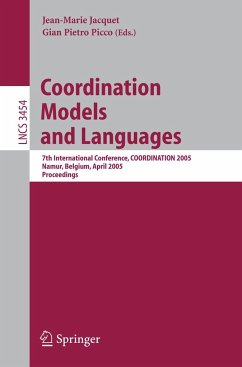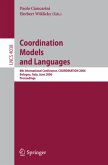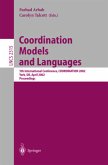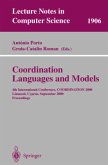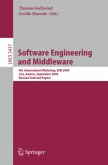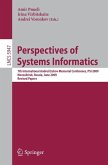Modern information systems rely increasingly on combining concurrent, d- tributed, mobile, recon?gurable and heterogenous components. New models, architectures, languages, and veri?cation techniques are therefore necessary to cope with the complexity induced by the demands of today s software devel- ment. Coordination languages have emerged as a successful approach, providing abstractions that cleanly separate behavior from communication and therefore increasing modularity, simplifying reasoning, and ultimately enhancing software development. This volume contains the proceedings of the 7th International Conference on Coordination Models and Languages (Coordination 2005), held at the Ins- tute of Informatics of the University of Namur, Belgium, on April 20 23, 2005. The previous conferences in this series took place in Cesena (Italy), Berlin (G- many),Amsterdam(TheNetherlands),Limassol(Cyprus),York(UK),andPisa (Italy). Building upon the success of these events, Coordination 2005 provided a forum for the community of researchers interested in models, languages, and implementation techniques for coordination and component-based software, as well as applications that exploit them. The conference attracted 88 submissions from authors all over the world.

